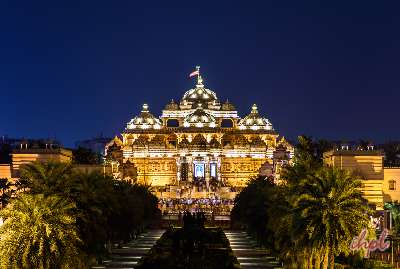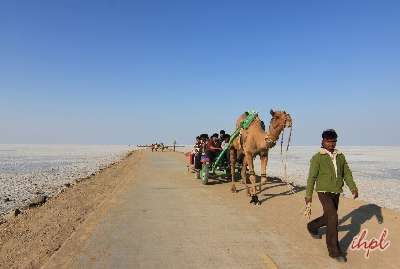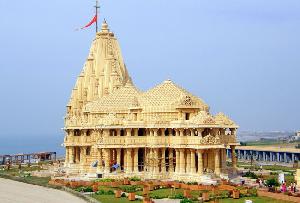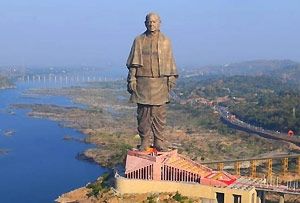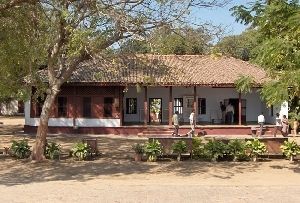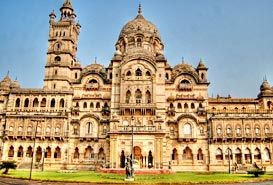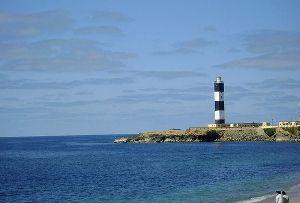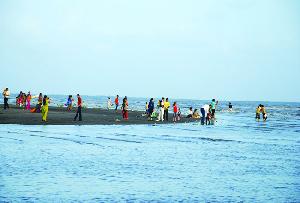Located in the Gulf of Kutch, the city of Bhuj in the State of Gujarat bears considerable historical significance. It is owing to this importance of Bhuj, that the city has a number of Forts and Monuments that have attracted tourists from all over the world to visit the city.
The Forts and Monuments in Bhuj, India have grown in number and stature in perfect accordance with the history of the land. In the 15th century, the Rajput rulers, who ruled in the region of Kutch, migrated from Sindh which was then a part of north India and established their settlements at Bhuj. Rao Khengarji I was the Rajput ruler who founded the city in the year 1549. From that time onwards till the year 1947, Bhuj remained as the capital of the princely State of Kutch.
The name of the city originated from a hill called ‘Bhujiyo Dungar’, which overlooks Bhuj as it stands today. Geographically, the town of Bhuj is located in between a hill and a lake on either side. The Bhujiyo Dungar as mentioned above stands to the east of Bhuj while the Hamirsar Lake bounds it from the west.
Presently, Bhuj is the Headquarter of the District of Kutch, which is the second largest district in India in terms of area. In the year1723, Rao Godiji took the task of constructing a huge fort which would surround the entire town. The structure thus formed had a thick masonry wall measuring 11 meters in width. Among other features, the fort also had 5 enormous gates, bastions and 51 guns to defend the city from external invasions.
The British took charge of the fort in the year 1819. They signed a treaty between the rulers of Kutch and Jagirdars of Bhayad. This treaty restored peace in the region and prosperity swept the state with the flow of surplus funds that enabled the rulers to take on the construction of royal public and royal houses and other structures.
During the period 1860 to 1876 A.D., Kutch was ruled by Rao Pragmalji, who constructed three royal palaces- Prag Mahal and Ranjit Vilas Palace at Bhuj and Vijay Vialas Palace at Mandvi. Besides, he also undertook development plans for the common people that included; renovation of Mandvi Harbour, construction of roads, hospitals, schools, jail as well as betterment of irrigation facilities. Thus Forts and Monuments, together with a host of other structures has become an inseparable part of Bhuj.



